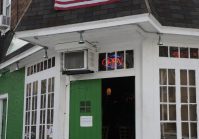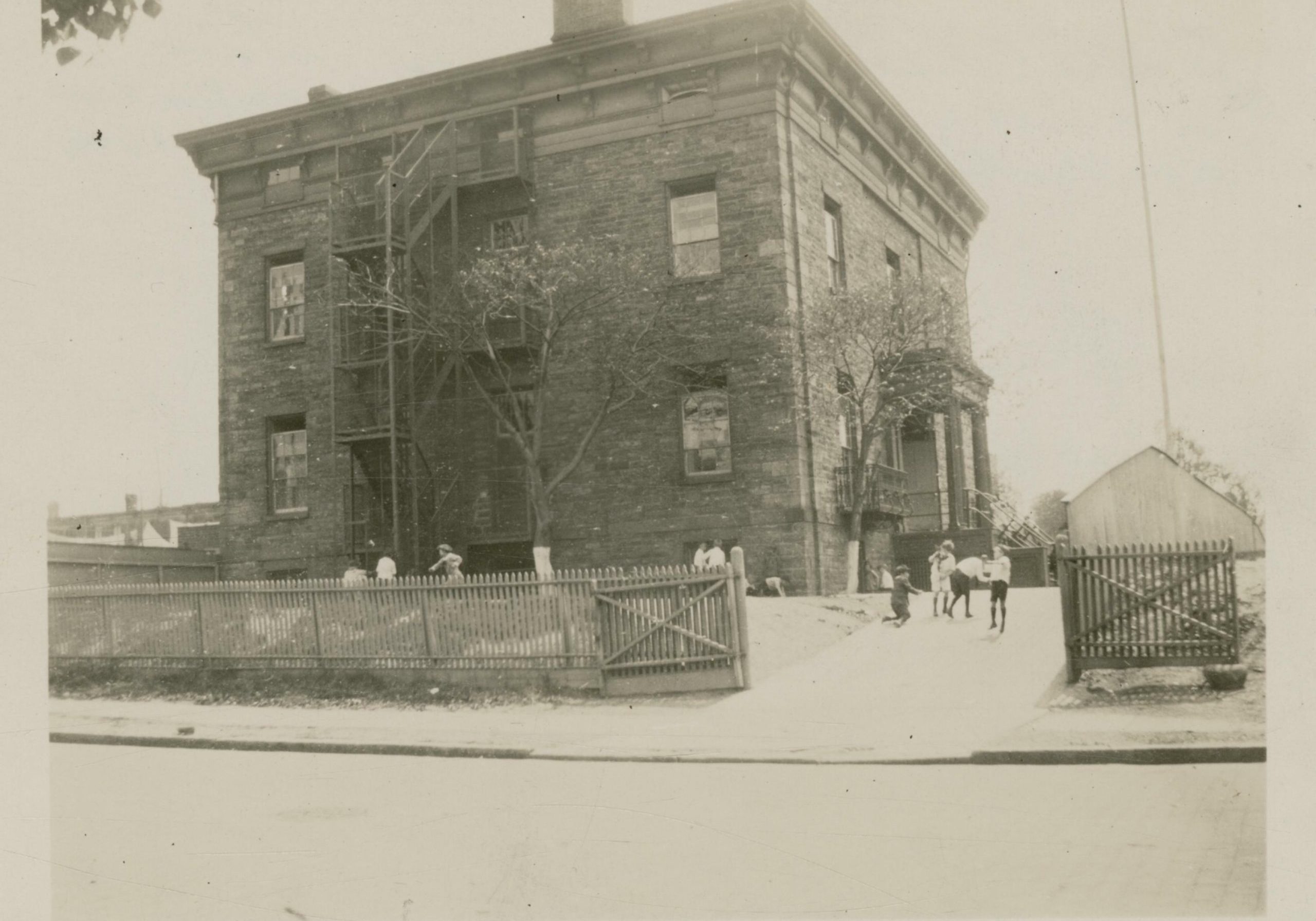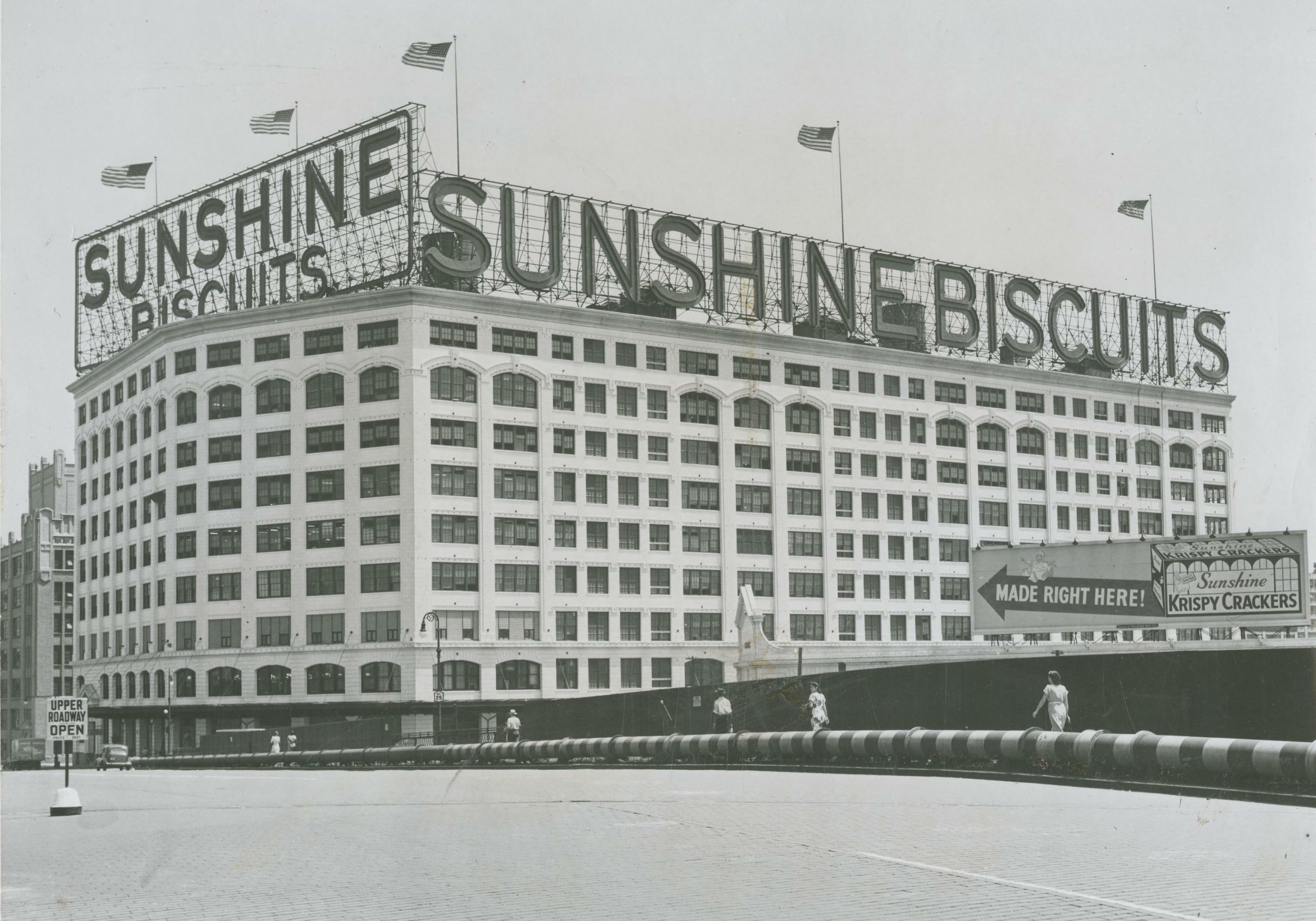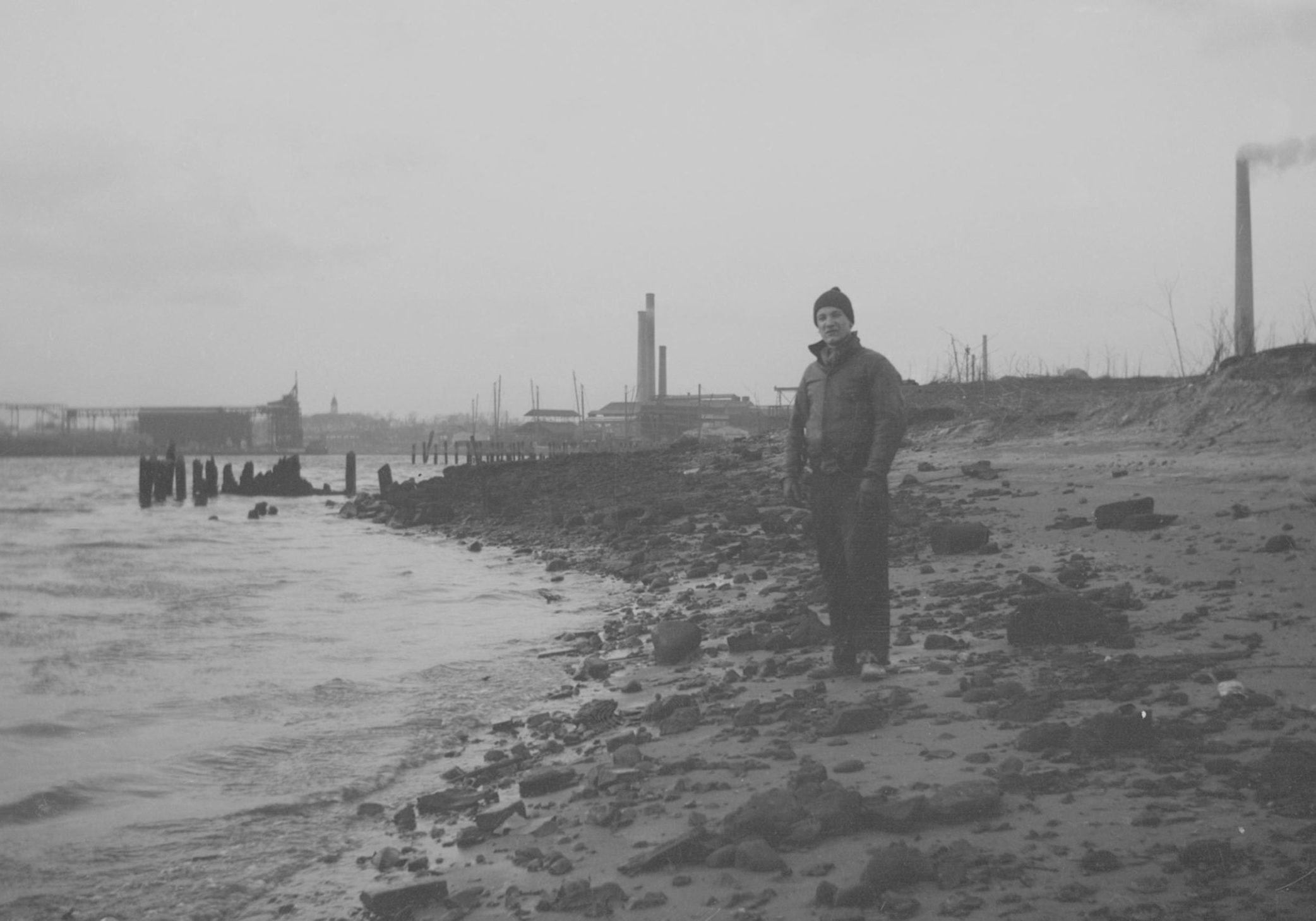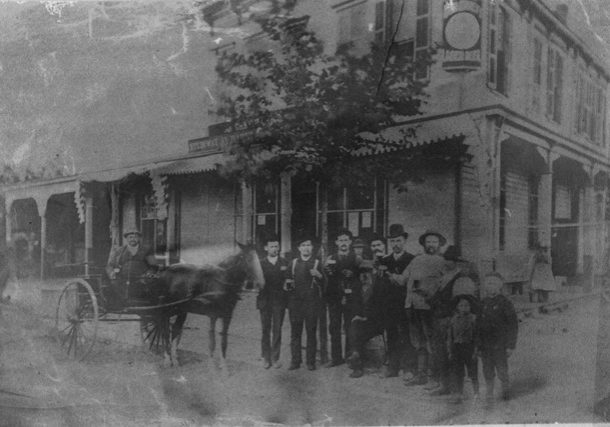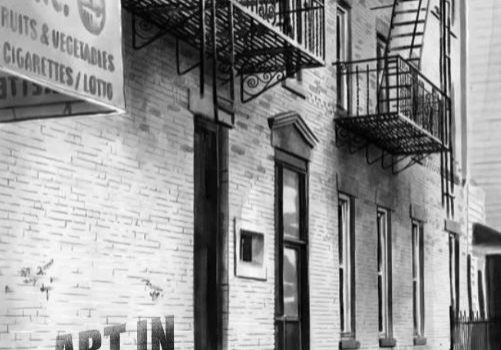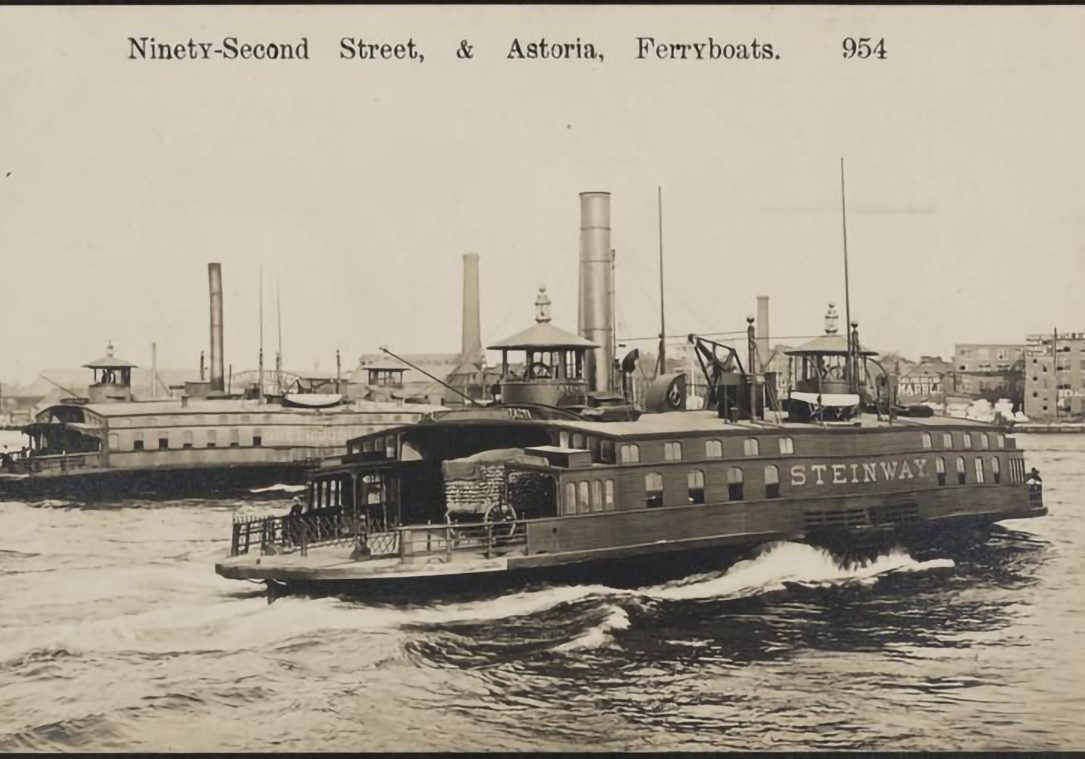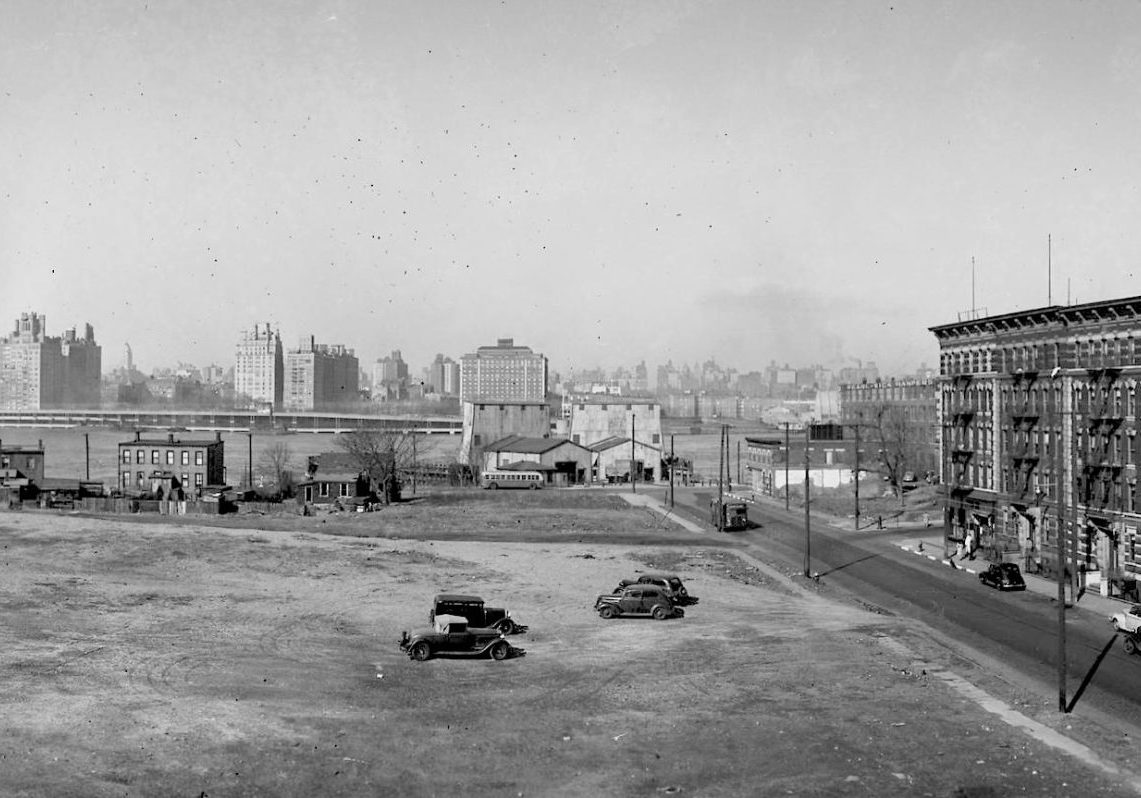Pepsi Cola Lives in Long Island City
In an area known for luxury high rise condominiums, shopping, water front promenades and trendy restaurants it’s hard to believe that Long Island City was once the manufacturing capital of the nation.
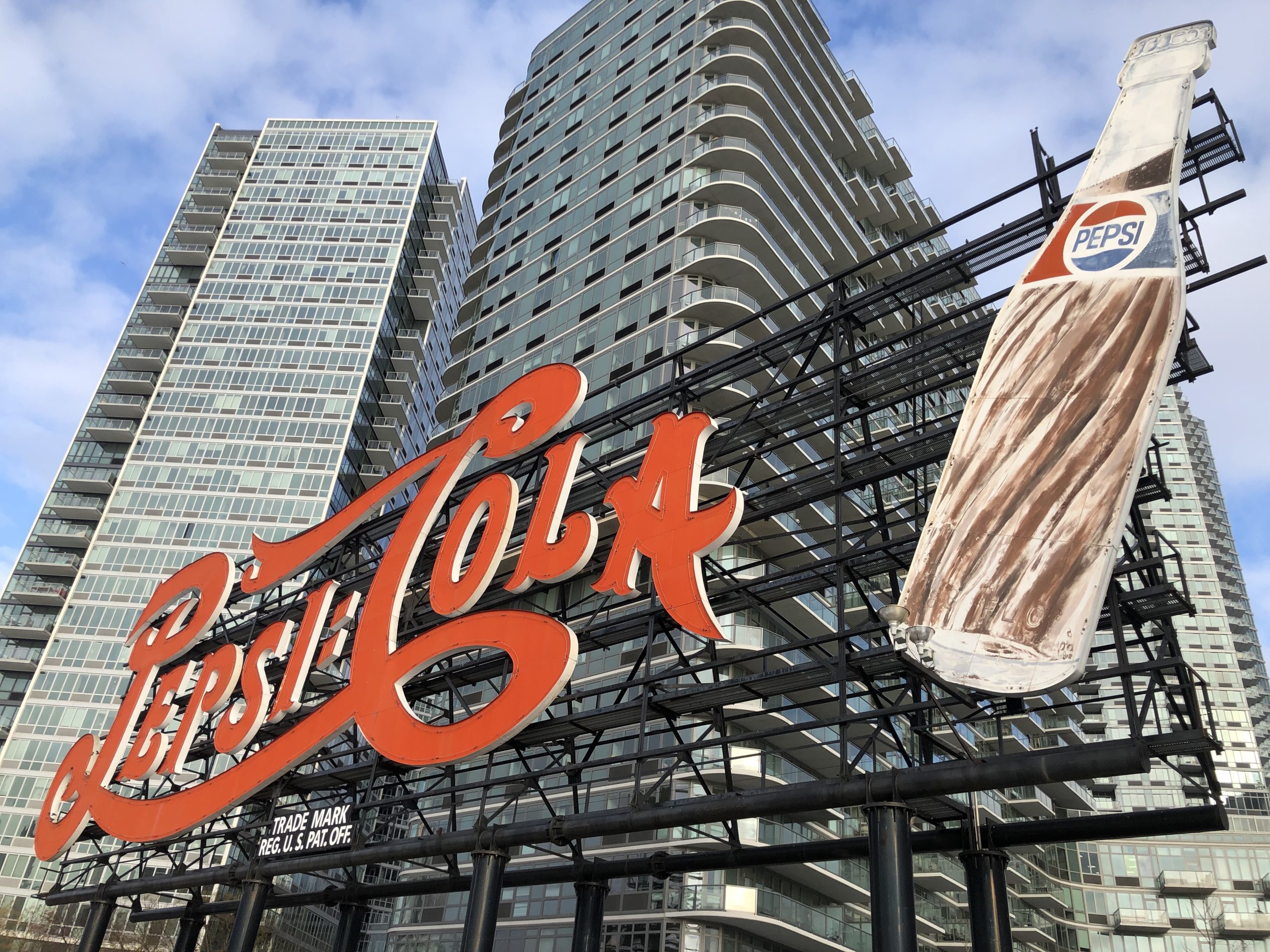
What remains of this 150 year legacy is today Gantry Plaza State Park, old warehouses turned into expansive loft apartments and the Pepsi Cola trademark sign. All serving as clues to the area’s past which was anything but residential and a trendy place to live. One of the hundreds of companies that called LIC its home was Pepsi Cola.
In November 1937, Pepsi moved its operations from Manhattan to 47-51 33rd Street. The site’s advantages included direct access to docks and an enormous plant ready for immediate use. In addition to bottling, the new site was used for sugar refining and had a printing department for producing labels and advertising products.
In 1940, Pepsi-Cola decided to enlarge and update the plant in order to meet increasing demand in the New York City metropolitan area. In August of that year, the Pepsi-Cola sign was erected on top of one of the facility’s warehouses down by the waterfront. The sign features four main elements; the Pepsi-Cola trademark outlined in neon red, the “5c” price of a 12-ounce bottle of Pepsi-Cola advertised in neon blue, a 50-foot replica of a Pepsi-Cola bottle and the steel structure upon which the advertisement is attached.
Created by the General Outdoor Advertising Company, the sign was illuminated by blue and red 400-watt bulbs. At the time of its construction, the sign was described as the longest in America. The iconic Pepsi Cola sign became part of the manufacturing landscape of LIC which once featured a panorama of giant red, white and blue neon signs on warehouse rooftops.
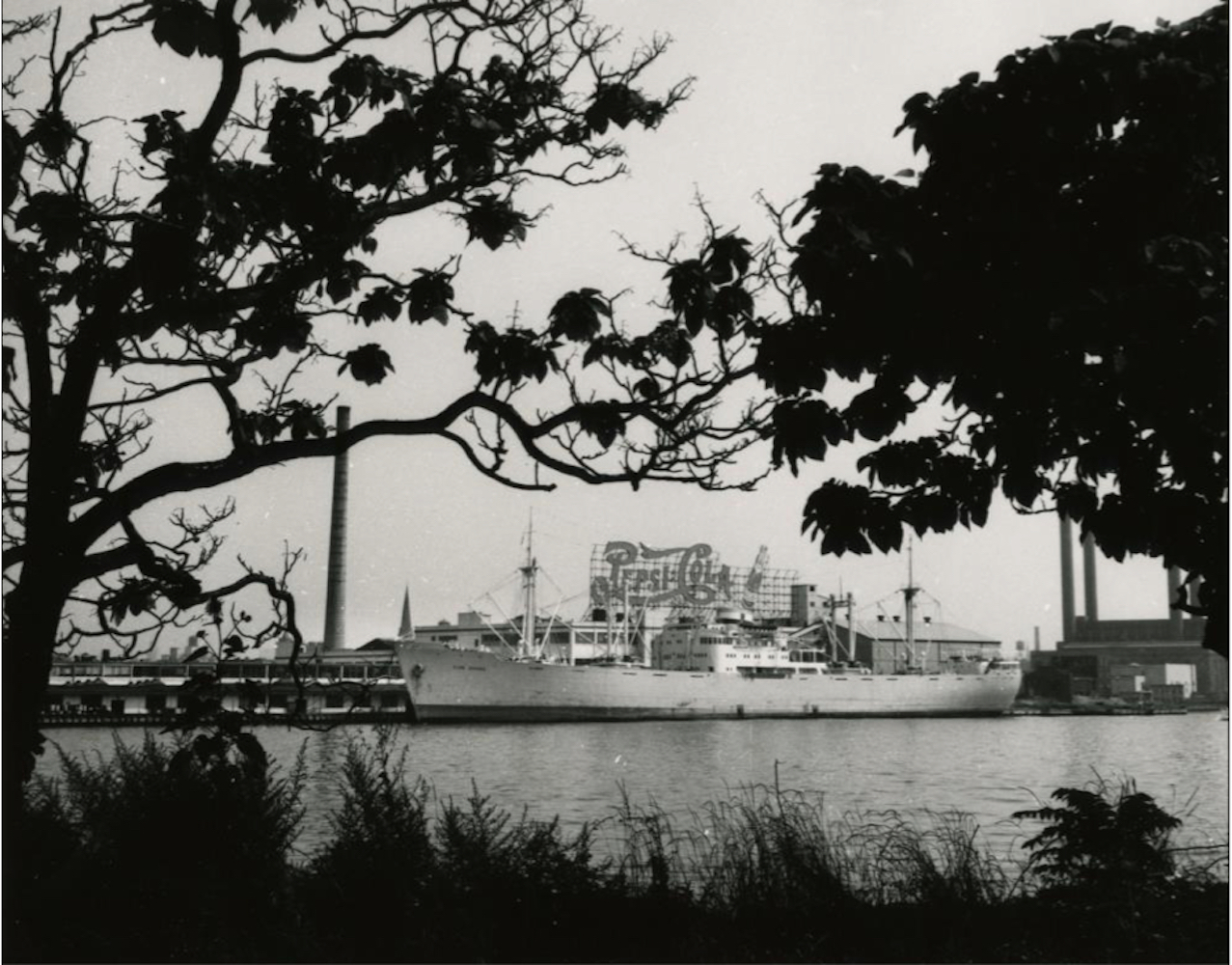
Since the end of the Civil War in 1865, manufacturing started coming to LIC. Until the early 2000s, large oil refineries, lumber yards, factories producing asphalt, ceramic pipes, barrels, tin ware and glass as well as gas plants and cargo freight rail yards once dominated the neighborhood. According to the census of 1920, Long Island City was home to more than 350 manufacturing facilities employing almost 20,000 people. Popular American companies including Sunshine Biscuit, Steinway Piano, Ronzoni pasta and Chiclets chewing gum all called LIC home.
Restored by the Artkraft Strauss Neon Sign Corporation in the early 1990s, the Pepsi Cola sign is one of the company’s crowning achievements. Artkraft began as a small sign-painting operation in 1897 in Ohio. By the 1920s, the company had emerged as the principal producer of theater marquees on Broadway which featured the iconic bright white light bulbs from which comes Broadway’s nickname, “The Great White Way”. The company also produced many famous neon signs which adorned the buildings in Times Square including the famous 1960s Camel cigarettes sign, a half-scale model of the Concord jet for British Airways and the three-dimensional Coke bottle.
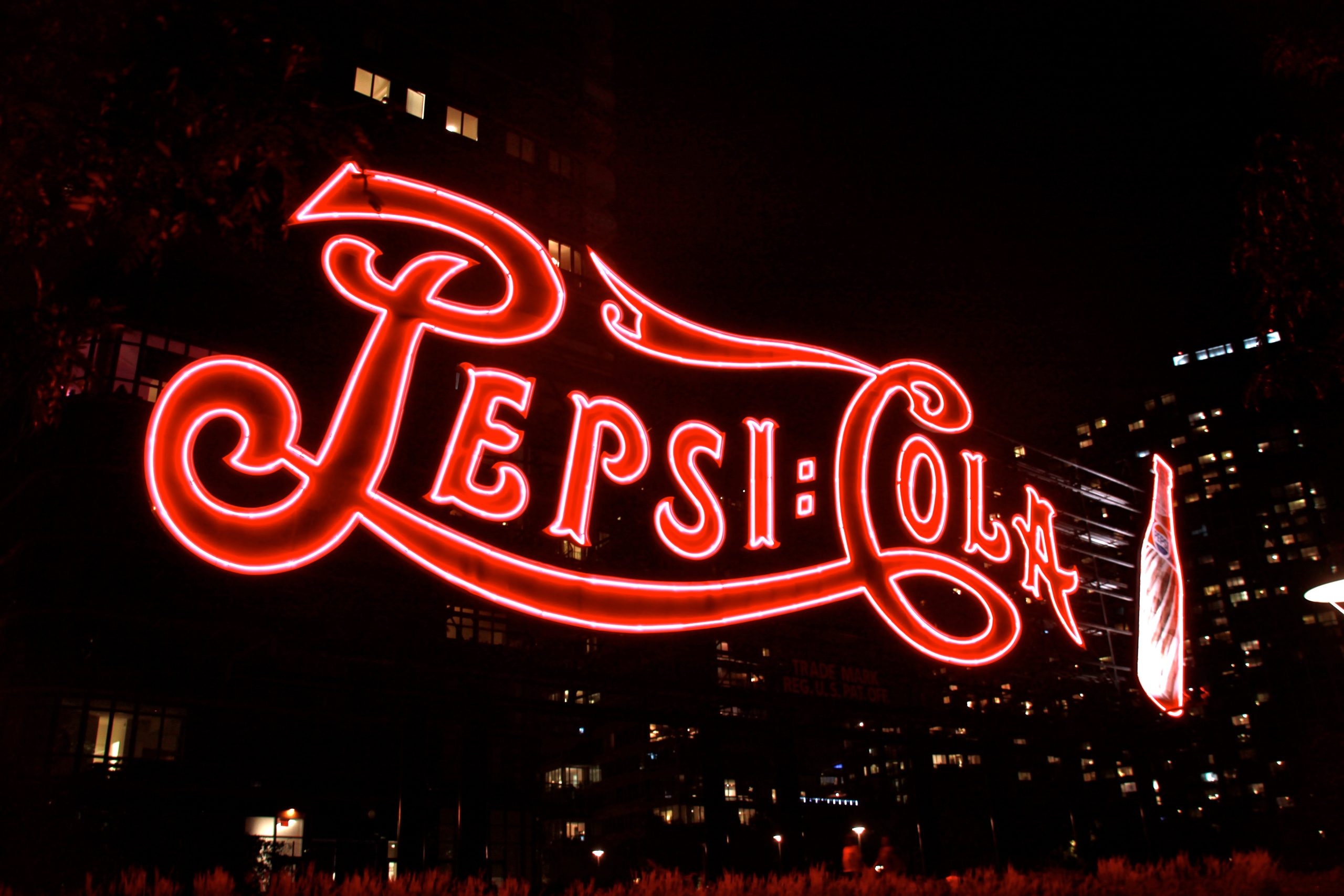
The Pepsi facility was sold in 2003 to the Queens West Development Corporation. The company decided that the sign should remain part of Long Island City’s waterfront, and retained ownership along with a small parcel of land for the relocation and preservation of the sign. In 2001, Pepsi closed its Long Island City plant and moved its distributing operations and offices to another Queens neighborhood; College Point.
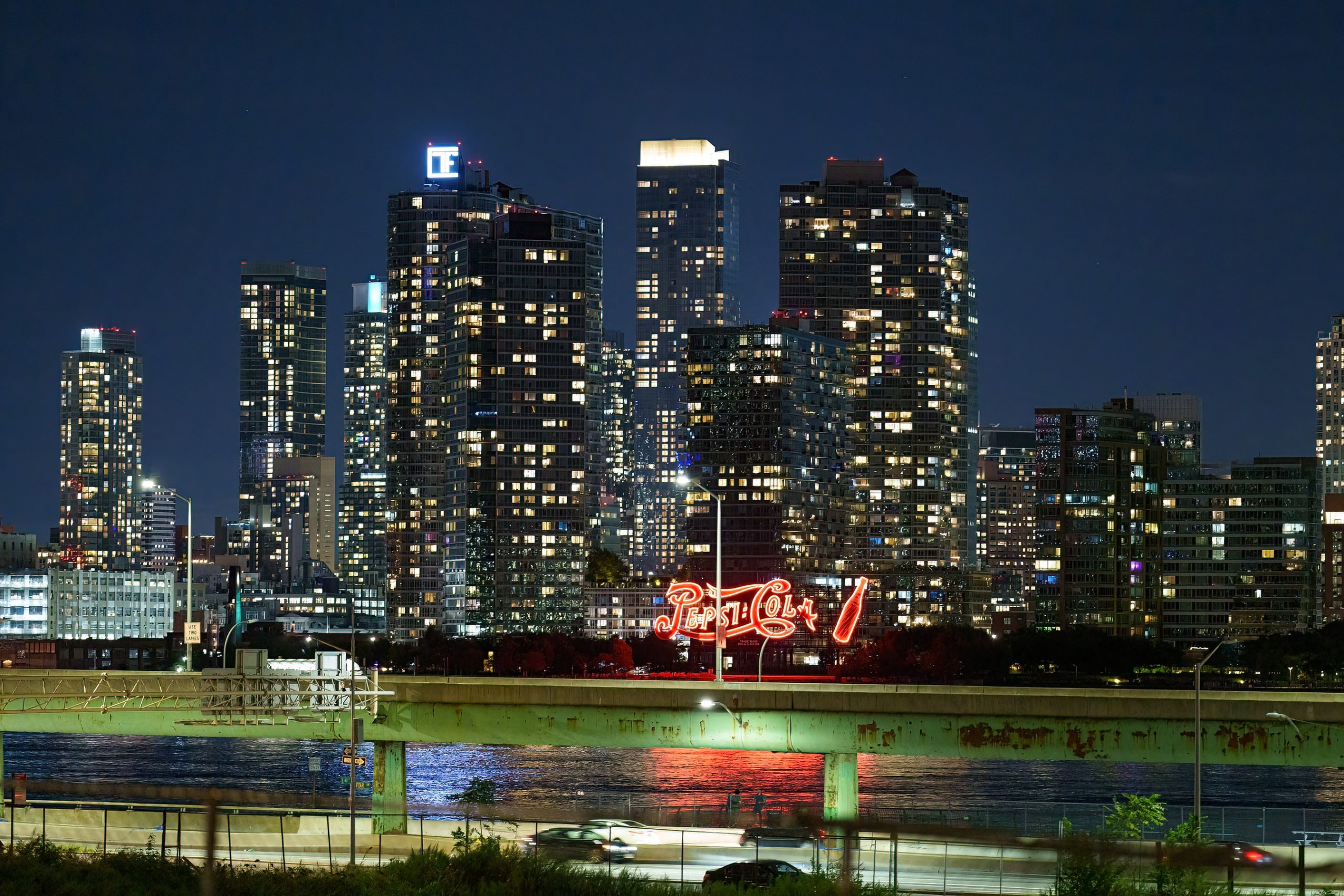
In early 2009, the sign was relocated and reassembled in its permanent location in Gantry Plaza State Park. Pepsi continues to maintain the sign. On April 12, 2016, it was designated a New York City landmark.





